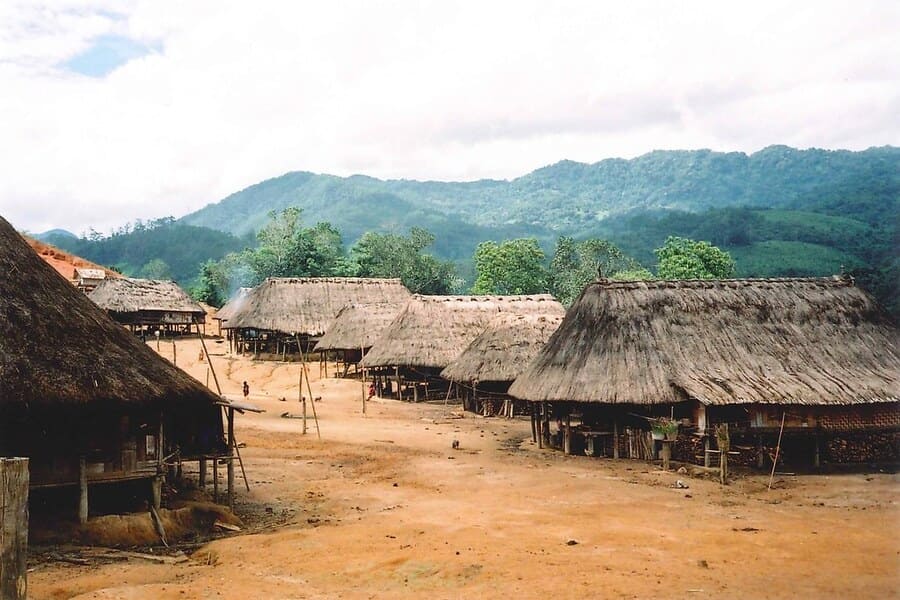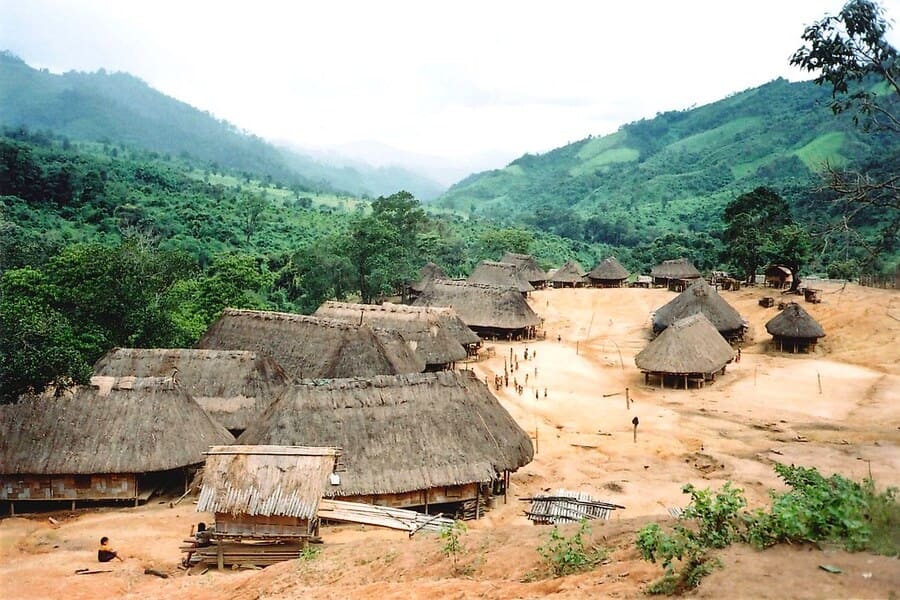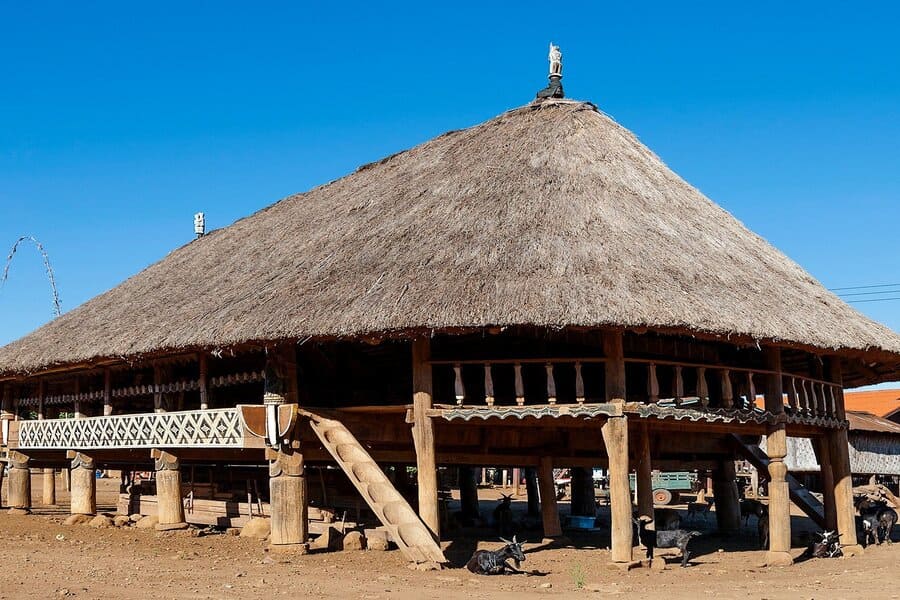Embark on a laos tours to uncover the hidden treasures of Sekong, a province renowned for its rich tapestry of ethnic villages and unspoiled natural landscapes. Sekong beckons travelers with its pristine beauty and cultural diversity, offering a glimpse into traditional ways of life amidst breathtaking surroundings. From the mist-shrouded mountains to the lush valleys dotted with rice paddies, Sekong captivates the senses and invites exploration. Join us on a journey to this enchanting province, where every step reveals a new facet of Laos' cultural heritage and natural splendor.
An Overview of Sekong
Sekong is situated in the southern part of Laos, nestled within the verdant landscapes of the country's Bolaven Plateau region. This picturesque province shares borders with Vietnam to the east and Cambodia to the south, making it a gateway to the diverse cultures and landscapes of Southeast Asia. With its strategic location amidst rolling hills, dense forests, and fertile valleys, Sekong offers a perfect blend of natural beauty and cultural heritage for travelers to explore and discover.
What to Expect at Sekong
Explore Ethnic villages in Sekong
Sekong is renowned for its vibrant tapestry of ethnic villages that dot its verdant landscape. Each village boasts its own unique culture, traditions, and way of life, providing a fascinating glimpse into the rich diversity of Laos' ethnic communities.
From the lush valleys to the mist-covered mountains, Sekong's ethnic villages are scattered throughout the province, offering visitors an opportunity to immerse themselves in authentic rural life. Whether it's the Katu villages with their distinctive longhouses, the Alak villages known for their intricate bamboo weaving, or the Laven villages nestled amidst coffee plantations, each community offers a unique insight into traditional customs and practices.
Exploring these ethnic villages allows travelers to engage with local residents, learn about their livelihoods, and witness age-old traditions passed down through generations. Visitors can participate in cultural activities such as traditional dance performances, handicraft workshops, and communal meals, forging connections and creating memories that will last a lifetime.
Moreover, the stunning natural surroundings of Sekong serve as the backdrop for these vibrant communities, adding to the allure of the region. Whether trekking through dense forests, traversing scenic waterfalls, or meandering along picturesque rivers, travelers are treated to breathtaking vistas at every turn.
Explore Sekong Unspoiled Nature
Sekong is also a haven for nature enthusiasts seeking to escape the hustle and bustle of urban life and immerse themselves in the tranquility of unspoiled landscapes. With its rugged mountains, lush forests, and pristine waterways, Sekong captivates the senses and offers a sanctuary for those craving a connection with the natural world.
The province's unspoiled nature is evident at every turn, from the mist-shrouded peaks of the Bolaven Plateau to the meandering rivers that carve through verdant valleys. Here, travelers can embark on treks through dense jungles, where towering trees provide refuge to a myriad of wildlife species, including rare birds, playful monkeys, and elusive big cats.
Sekong is also home to a network of cascading waterfalls that cascade down sheer cliffs, creating breathtaking displays of natural beauty. From the majestic Tad Hua Khon waterfall to the serene Tad Lo waterfall, each cascade offers a unique opportunity for exploration and discovery, with hidden pools and lush vegetation waiting to be explored.
In addition to its terrestrial wonders, Sekong boasts an array of pristine waterways that wind their way through the countryside, providing opportunities for kayaking, rafting, and boat trips. Travelers can navigate the meandering Sekong River, passing by traditional villages and lush riverbanks as they soak in the serenity of their surroundings.
Moreover, Sekong's unspoiled nature is not just a backdrop for outdoor adventures—it's a way of life for the province's inhabitants. Local communities rely on the land and waterways for sustenance, practicing sustainable agriculture and fishing methods that have been passed down through generations.
Activities for Tourists while visiting Sekong
In Sekong, tourists have a plethora of activities to immerse themselves in the province's natural beauty and vibrant culture. Here are some popular activities for visitors to enjoy:
Trekking and Hiking:
Explore Sekong's rugged terrain and lush landscapes on foot with trekking and hiking adventures. Trails lead through dense forests, past scenic waterfalls, and to panoramic viewpoints, offering opportunities to discover the region's biodiversity and breathtaking scenery.
Visit Ethnic Villages:
Experience the rich cultural heritage of Sekong by visiting its ethnic villages. Engage with local communities, learn about traditional customs and craftsmanship, and participate in cultural activities such as dance performances and weaving demonstrations.
Waterfall Exploration:
Discover Sekong's stunning waterfalls, including Tad Hua Khon and Tad Lo. Take a refreshing dip in the cool waters, picnic amidst the natural surroundings, and capture memorable photos of these cascading wonders.
River Adventures:
Embark on river adventures along the Sekong River and its tributaries. Enjoy kayaking, rafting, or boat trips, taking in the scenic views of the countryside and encountering local villages along the riverbanks.
Wildlife Watching:
Explore Sekong's diverse ecosystems and observe wildlife in their natural habitats. Keep an eye out for rare bird species, playful monkeys, and other fascinating creatures while trekking or exploring the forests.
How to get to Sekong?
Getting to Sekong typically involves a combination of transportation modes due to its location in southern Laos.
- From Pakse: Pakse, the largest city in southern Laos, serves as a common starting point for travelers heading to Sekong. From Pakse, visitors can take a bus or hire a private car to travel eastward along Route 16 towards Sekong. The journey takes approximately 4-6 hours, depending on road conditions and mode of transportation.
- From Attapeu: Travelers coming from Attapeu province can also reach Sekong by road. The journey usually involves traveling north along Route 18, passing through lush countryside and rural villages before reaching Sekong. The travel time from Attapeu to Sekong is around 3-4 hours by car or bus.
- From Vietnam: Sekong shares a border with Vietnam to the east, making it accessible for travelers coming from Vietnam's Central Highlands region. Visitors can cross the border at one of the international checkpoints and continue their journey to Sekong by bus, minivan, or private car.
- From Cambodia: Travelers coming from Cambodia can also reach Sekong by crossing the border at one of the international checkpoints between Laos and Cambodia. From the border crossing, visitors can continue their journey to Sekong by bus, minivan, or private car.




